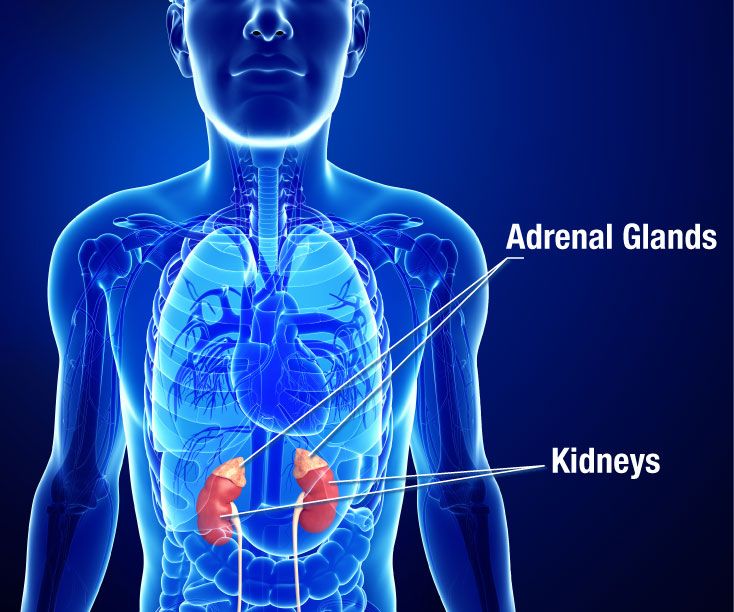In this step: CHANGE What You Know About Your Body

Click on this icon to see additional information
The first step in your journey toward mastering dystonia begins with a good understanding of the changes in your body.
Read What Is Dystonia? In addition to the widely varying clinical manifestations of the dystonias, there also are many different causes. Some dystonias are inherited, others are acquired (Table). Some dystonias have no apparent pathology in the nervous system, while others are associated with defects that can be detected by neuroimaging or post-mortem histopathological studies. At the molecular level, multiple genes have been discovered for rare sub-types of dystonia, and they are involved in diverse biochemical processes. At the anatomical level, several brain regions have been implicated, leading to the concept that dystonia does not arise from dysfunction of a single brain region, but rather from dysfunction of a motor network. Physiologically, many forms of dystonia have evidence for impaired inhibitory processes in the nervous system, abnormal sensory feedback, and/or maladaptive neural plasticity. Determining how these diverse processes relate to one another to produce the motor syndrome we know as dystonia is a major current focus of research.
Table: Classification of the dystonias according to etiology (cause)
Dimension for classification : Subgroups
Nervous system pathology : (a) Degenerative (b) Structural (typically static) (c) No evidence for degenerative or structural lesions
Heritability : (a) Inherited (autosomal dominant, autosomal recessive, mitochondrial, etc…) (b) Acquired (brain injury, drugs/toxins, vascular, neoplastic, etc…)
Idiopathic : (a) Sporadic (b) Familial
Source: Neurol Clin. Author manuscript; available in PMC 2016 Feb 1. Published as: Neurol Clin. 2015 Feb; 33(1): 77–100. doi: 10.1016/j.ncl.2014.09.002
Many symptoms of dystonia are a physical manifestation of the stress reaction. See the other 6 types of bodily stress.
The stress reaction is a near-instantaneous cascade of physical changes in your body that begins with a trigger, e.g. a stressful stimulus.
A stressful stimulus may be a word someone said, a situation you're in, a behavior someone had, a memory that popped into your mind, an event you've witnessed or heard about, and anything else (internal and external) that is causing you to feel stress, including a medical condition .
The stress reaction begins and it produces the release of hormones into your bloodstream: the hormone adrenaline and the steroid hormone cortisol, which are both secreted by the adrenal glands.
 Adrenaline (also called epinephrine) is a hormone your body makes in moments of crisis. It makes the heart beat faster and work harder, increases the flow of blood to the muscles, makes you more alert, and causes other changes to prepare the body to meet an emergency. It is also a chemical messenger in the brain.
Adrenaline (also called epinephrine) is a hormone your body makes in moments of crisis. It makes the heart beat faster and work harder, increases the flow of blood to the muscles, makes you more alert, and causes other changes to prepare the body to meet an emergency. It is also a chemical messenger in the brain.
Cortisol is nature’s built-in alarm system. It’s your body’s main stress hormone. It works with certain parts of your brain to control your mood, motivation, and fear.Your adrenal glands -- triangle-shaped organs at the top of your kidneys -- make cortisol (and adrenaline.)
Source: WebMD
The release of these hormones into your blood stream mobilizes your body against the real or perceived threat caused by the trigger.
These hormones excite the nerve fibers of your body, which in turn tense and contract your muscles.
This muscle excitation finds a vulnerable group of muscles and affects them in a very particular way, causing dystonia.
Dystonia is a state of abnormal muscle tone resulting in muscular spasm and/or loss of muscular function.
Muscular spasm is the simultaneous firing of two opposing muscles (one pushes, the other pulls) or a conflicting action within the same muscle, which produces a flutter, a tremor, jerky motion, or uncontrollable contractions.
Loss of muscle function occurs when the muscle group "locks up" and you're no longer able to control its movements.
Depending on the type of dystonia you have, this phenomenon will hit your eyelids, your hands, your feet, your legs, your throat, your neck, or other parts of your body (one or more, in rare cases multiple parts.)
Email me and let me know how you're doing with this step.
I'll be glad to email you back at no charge. Click here to email me.